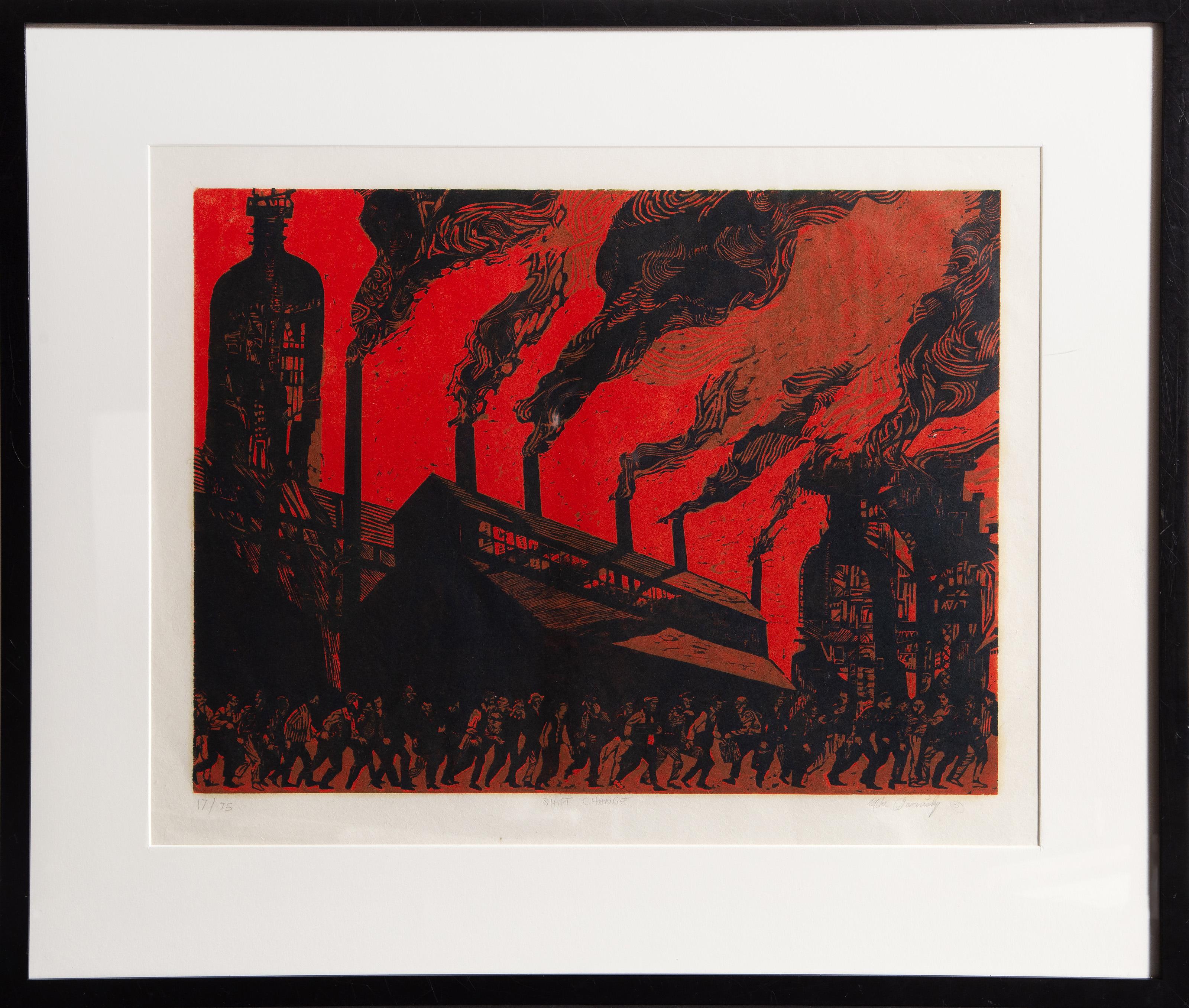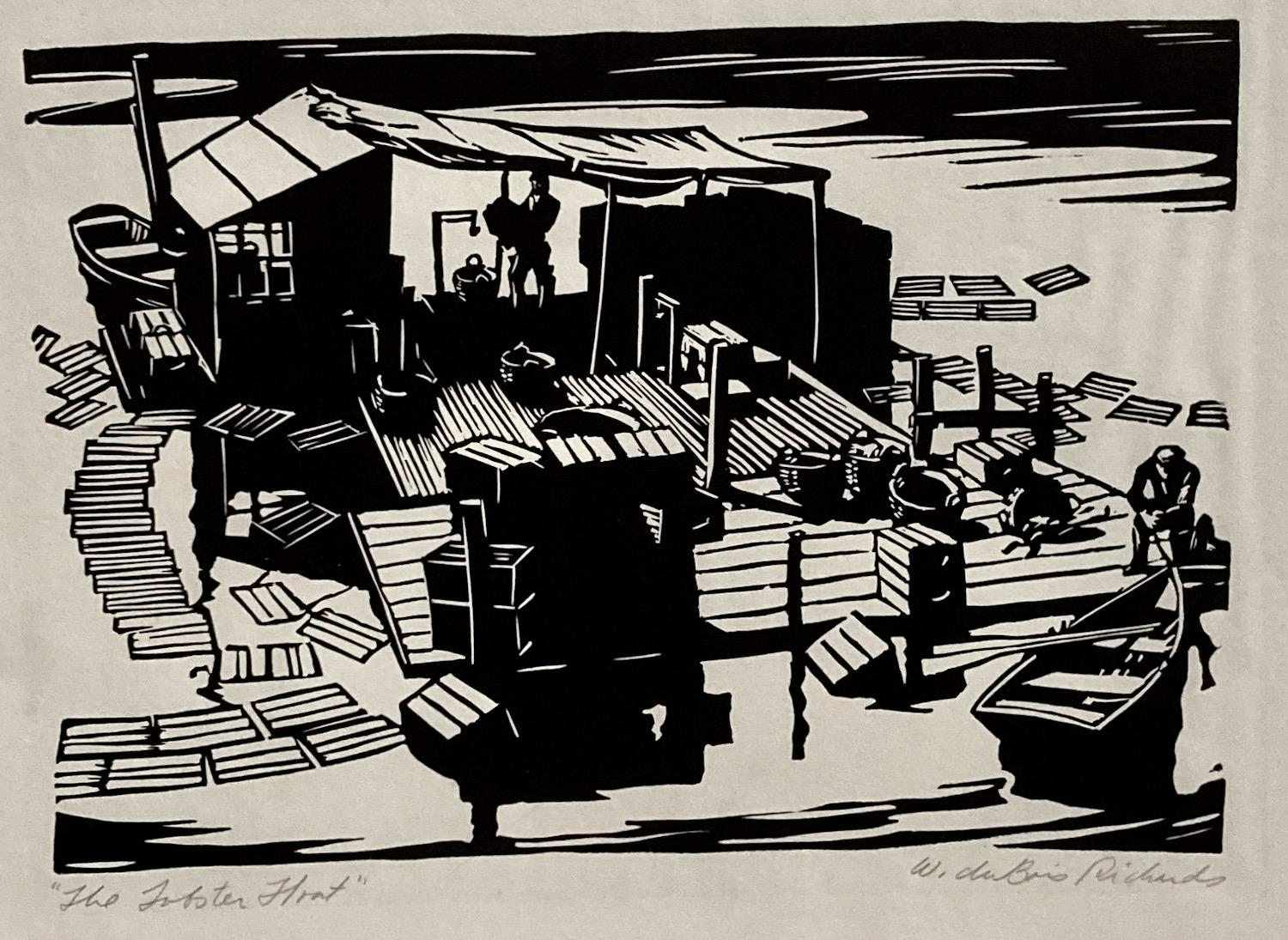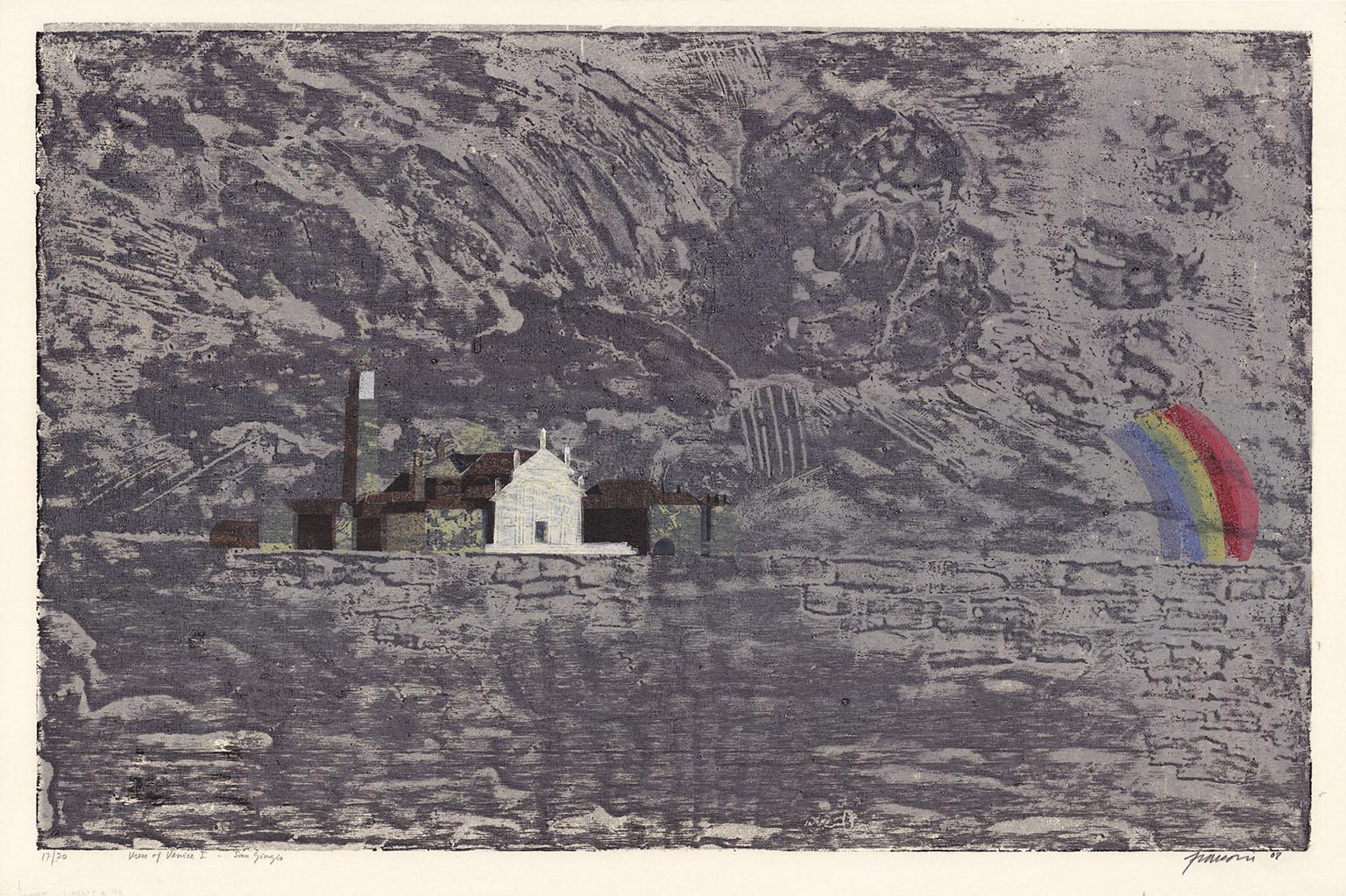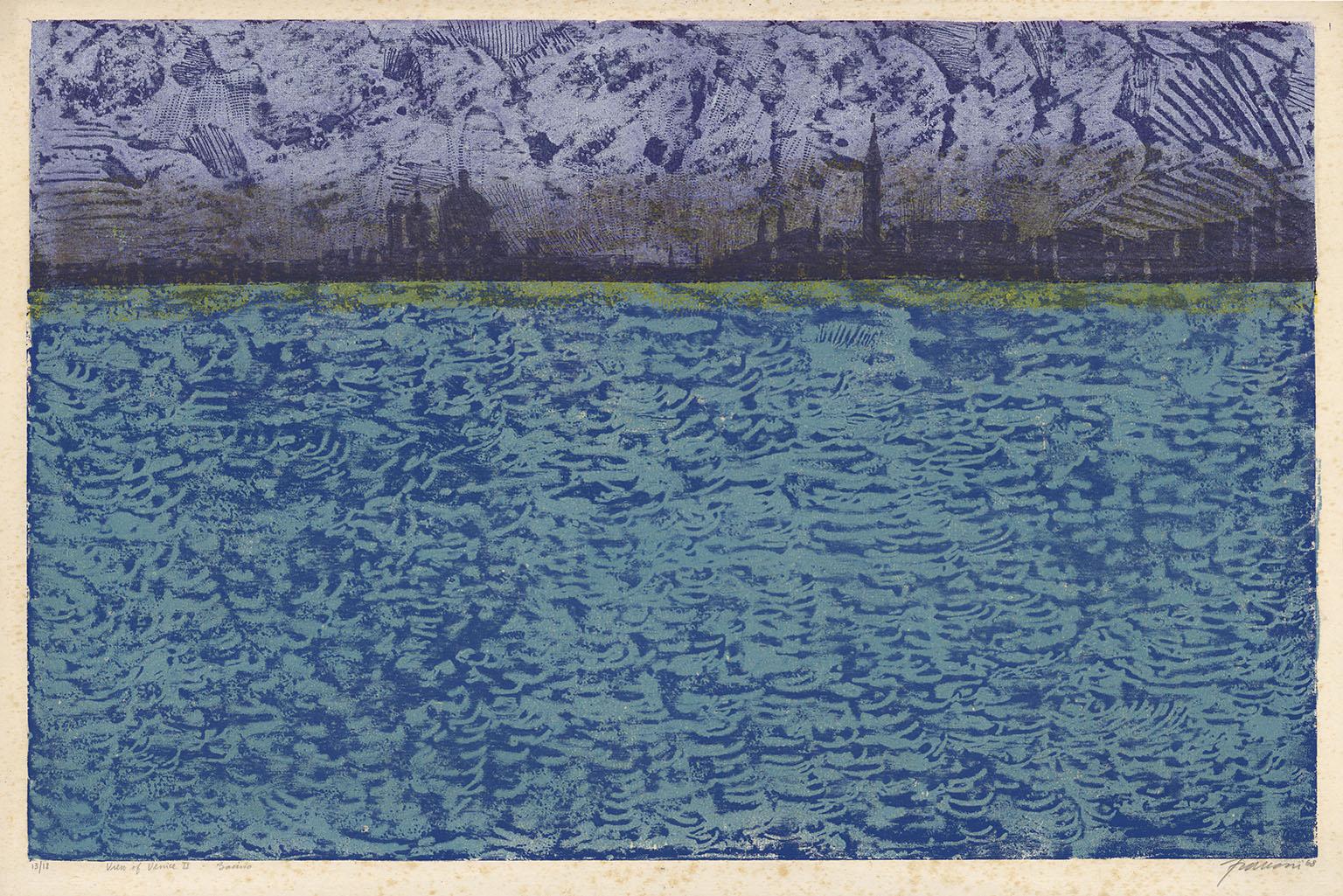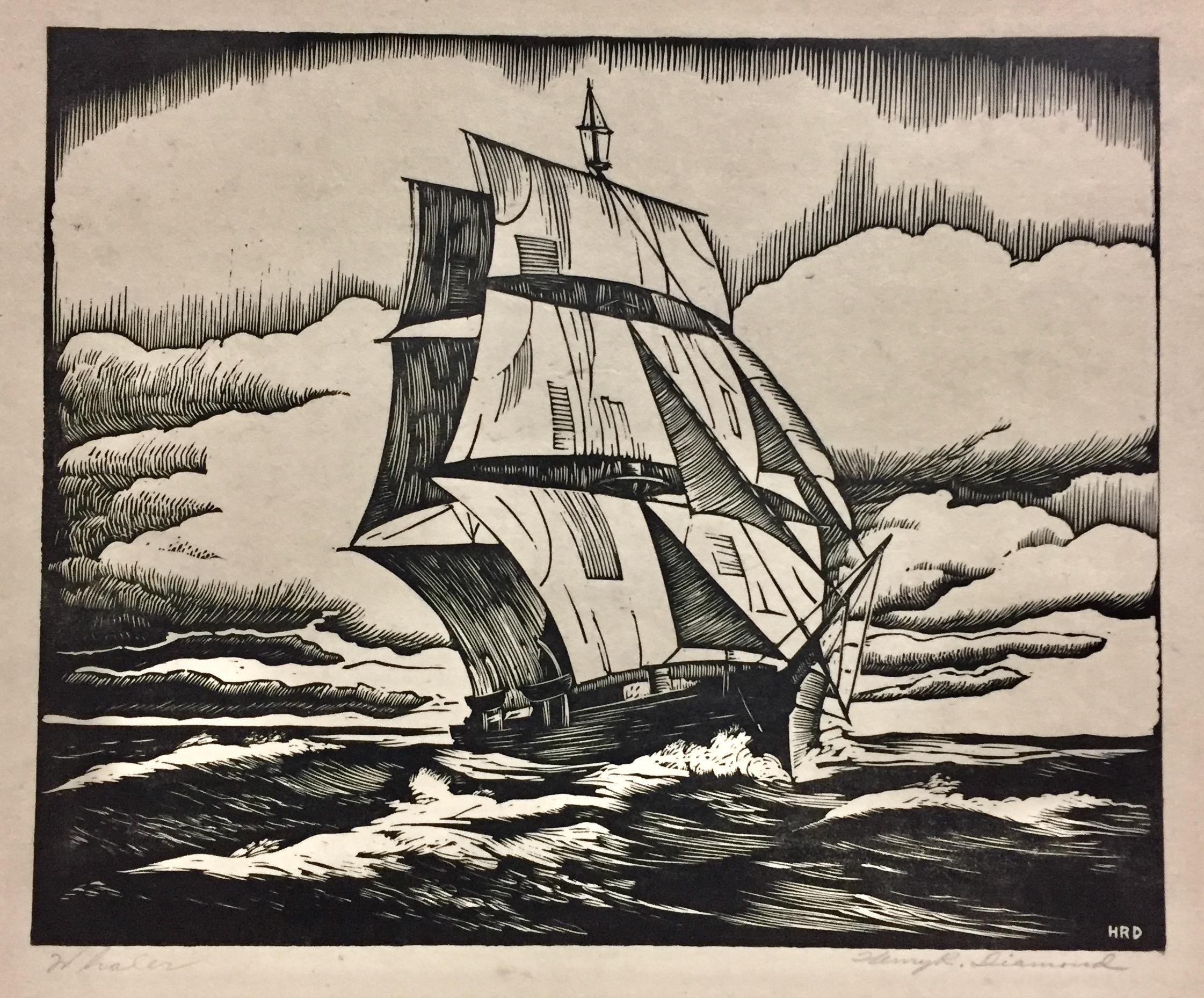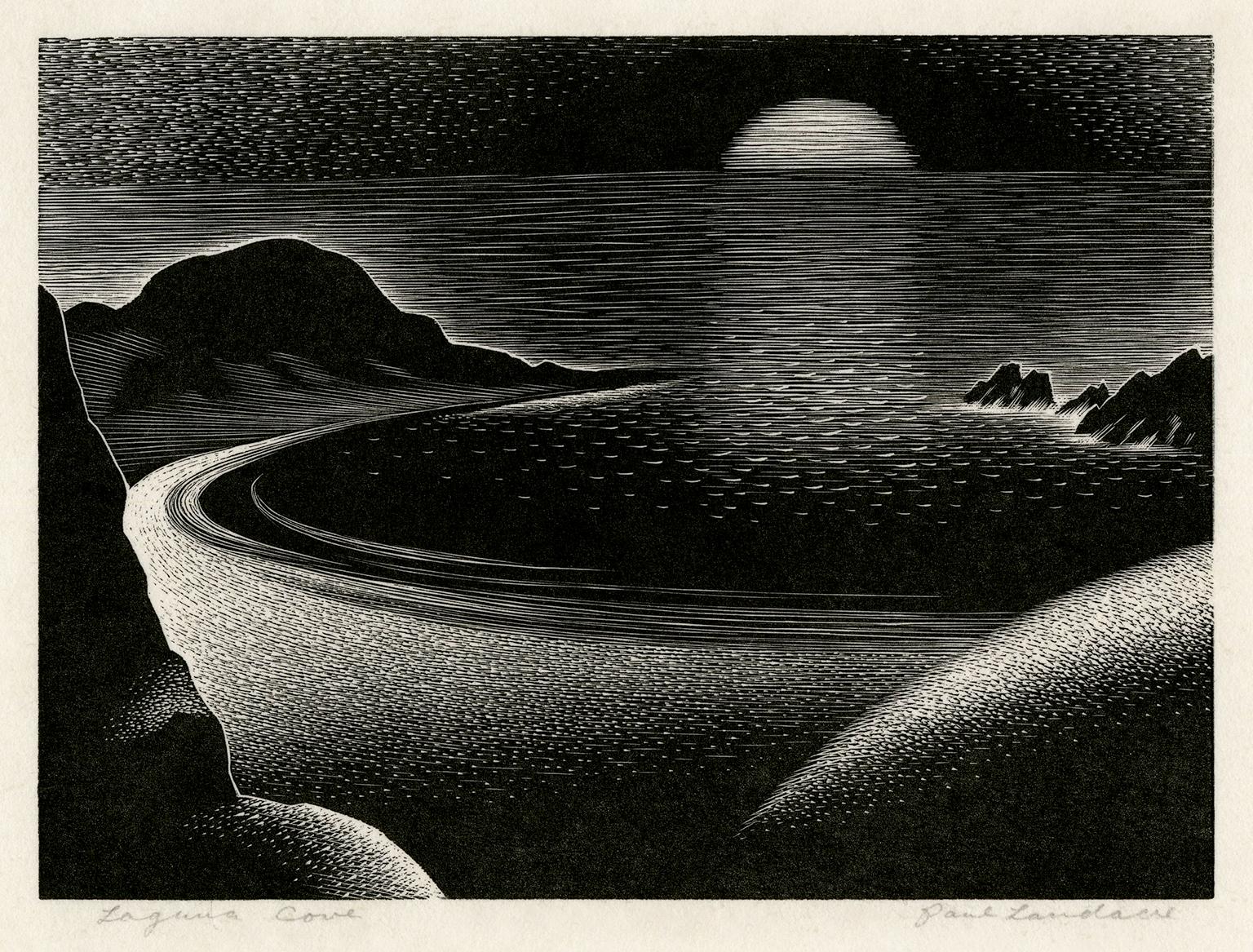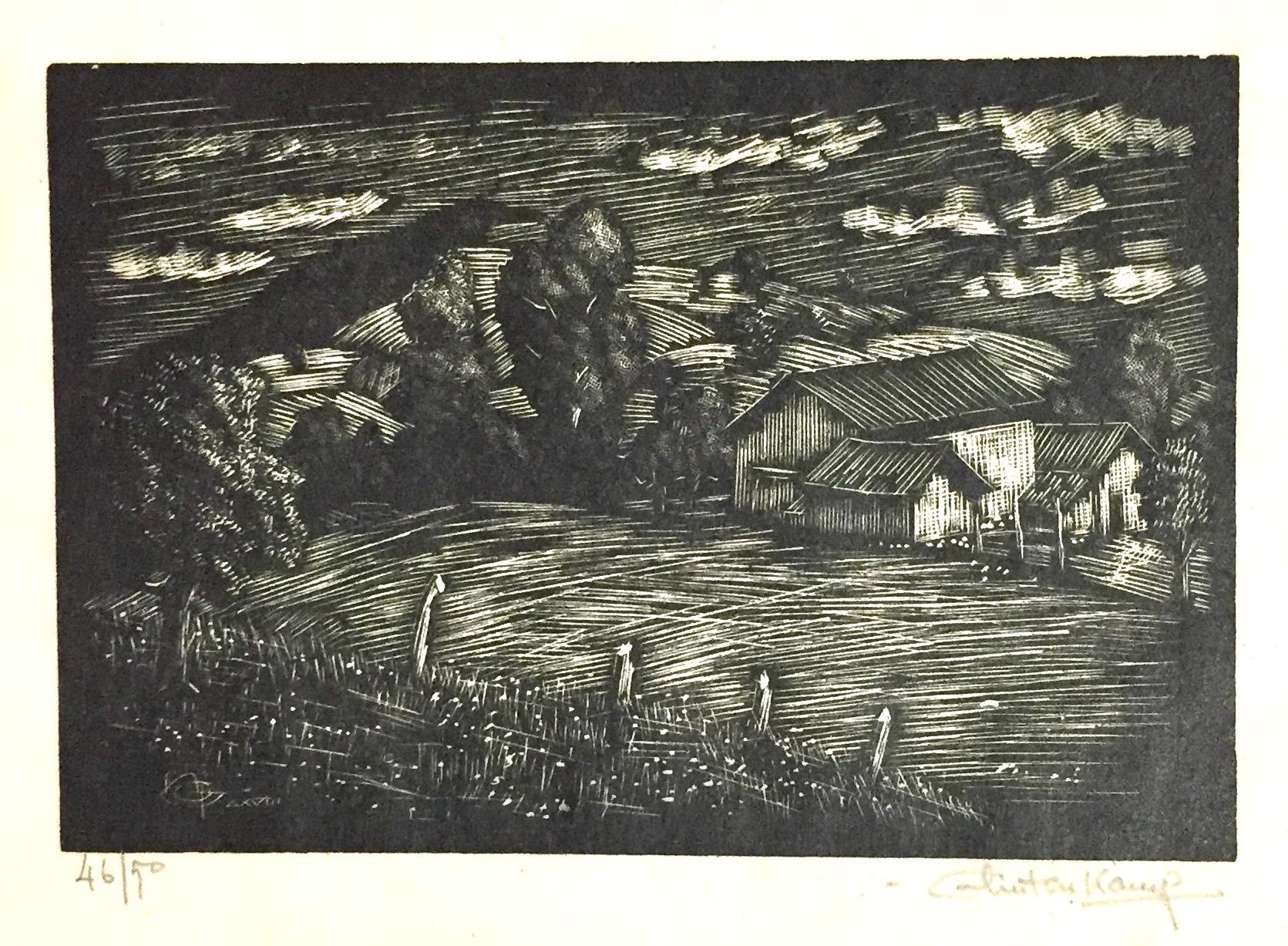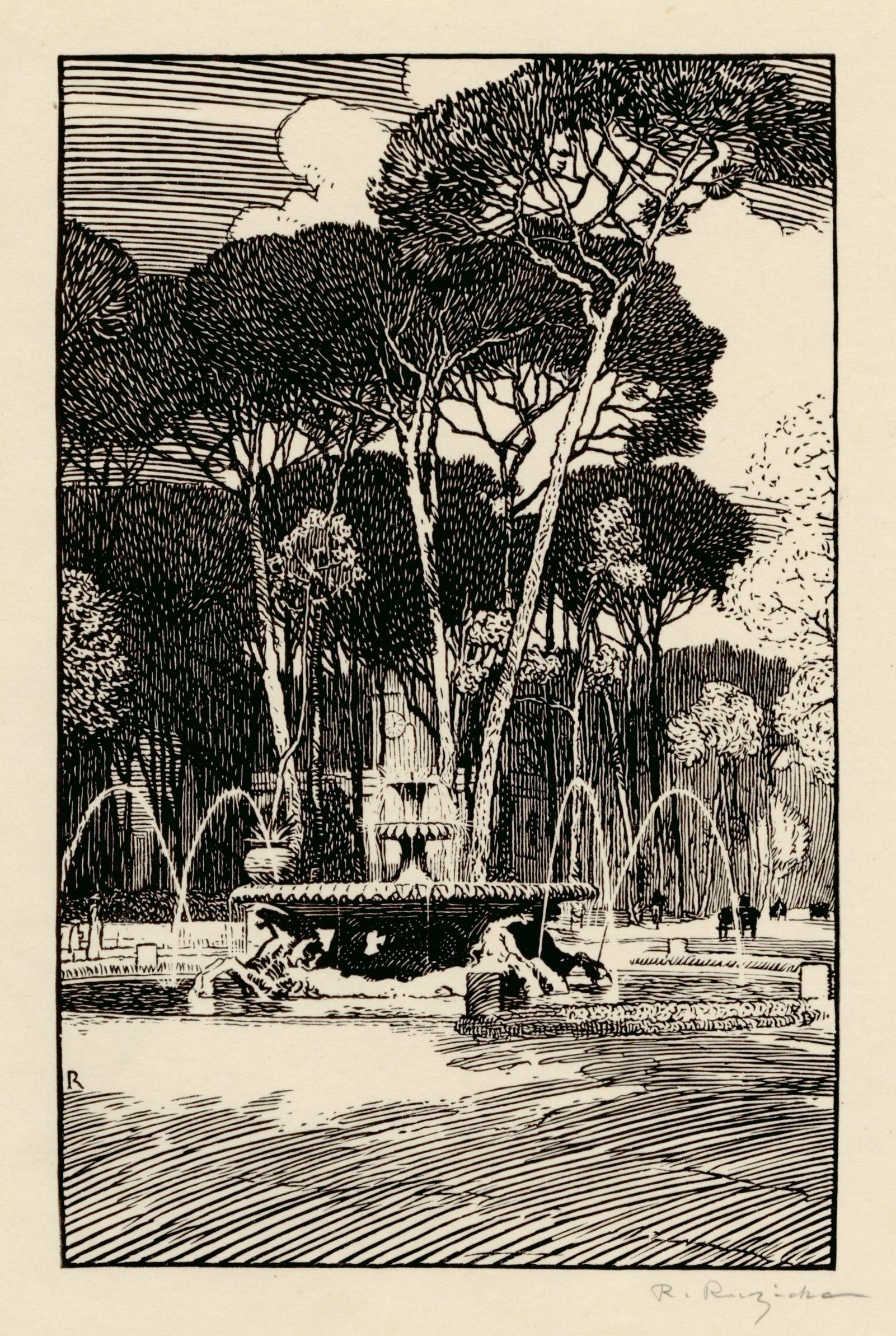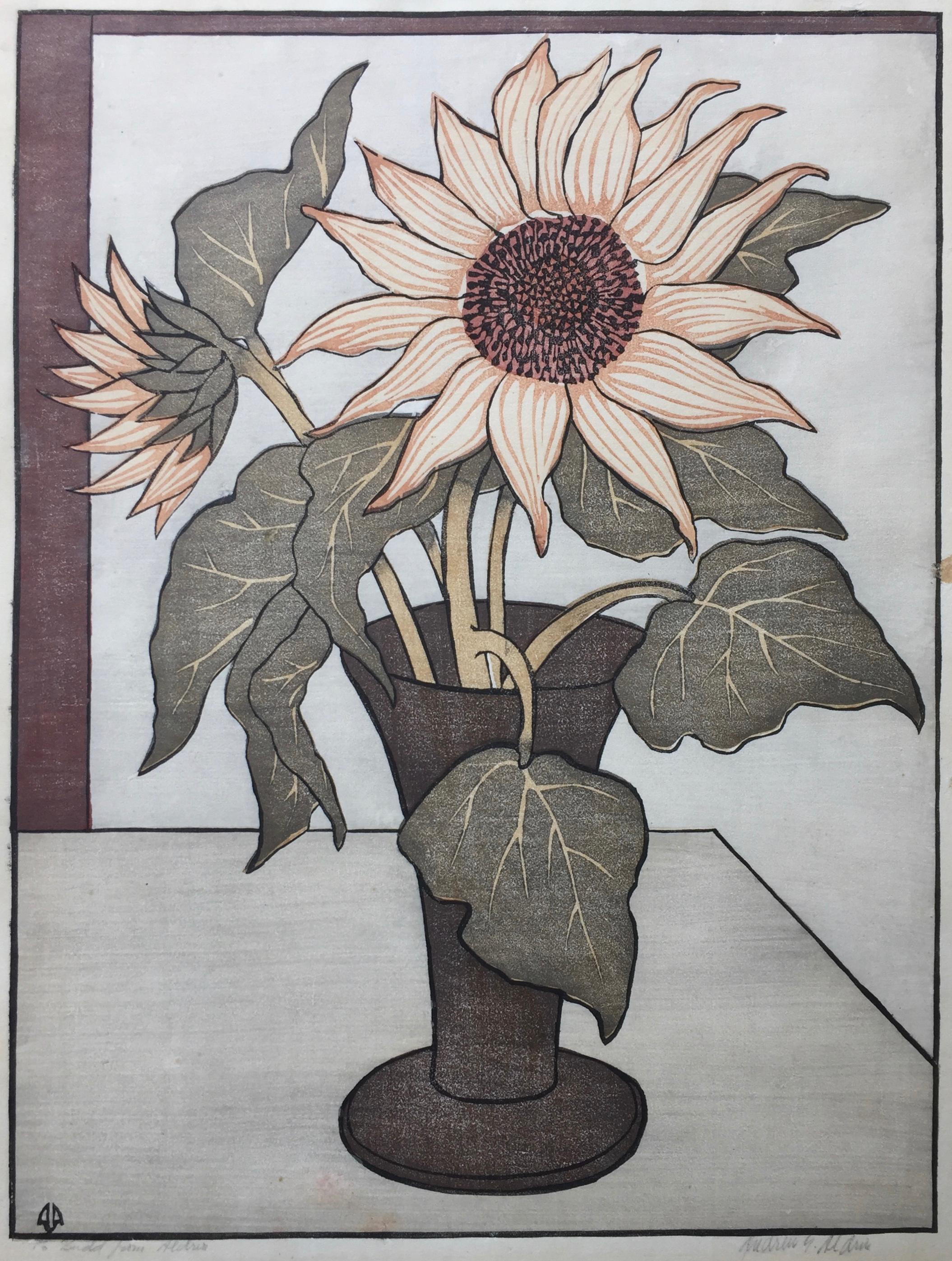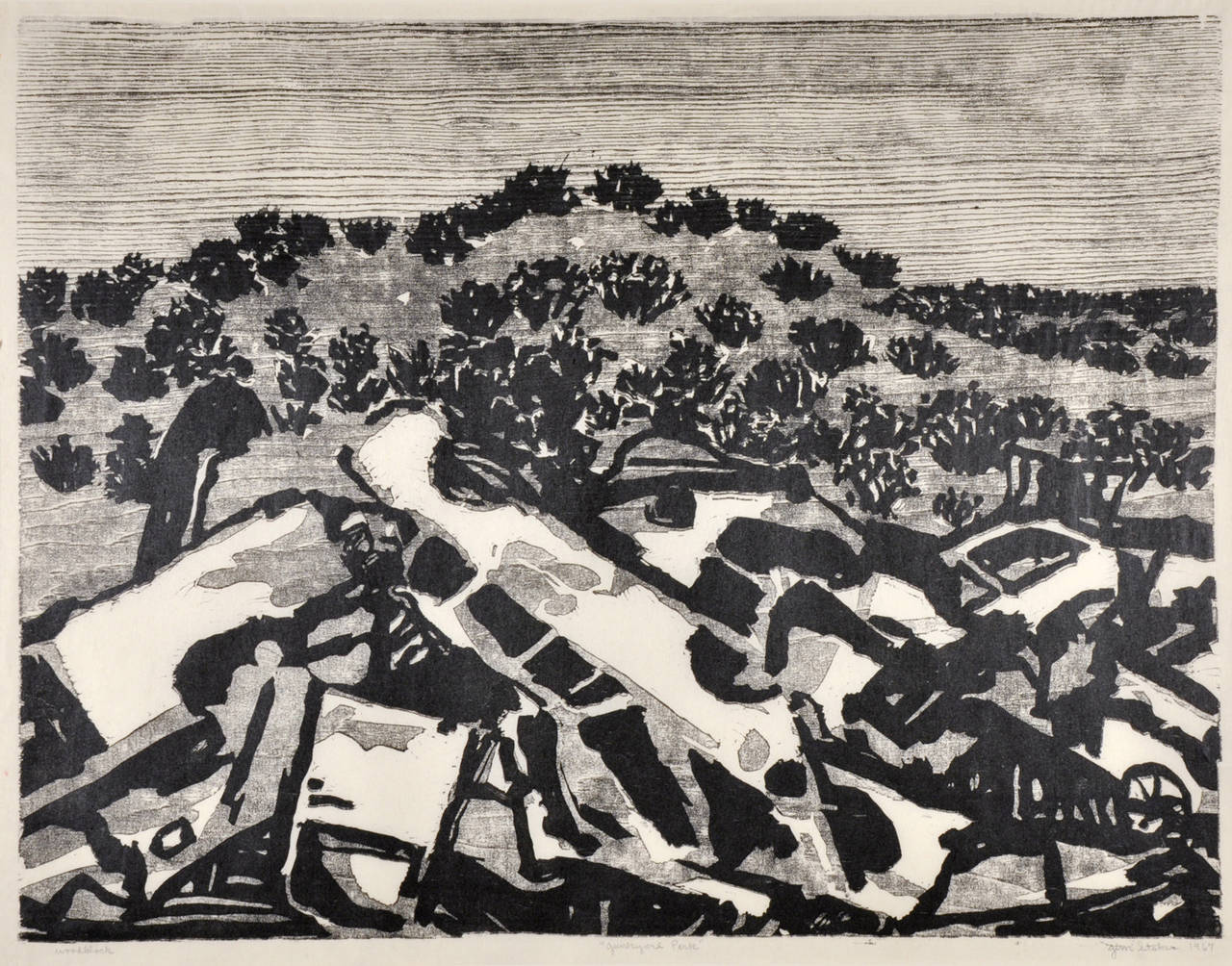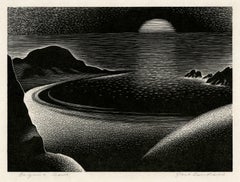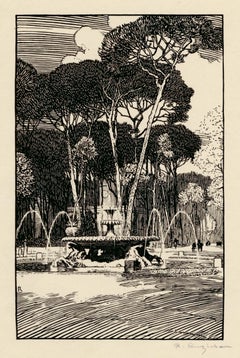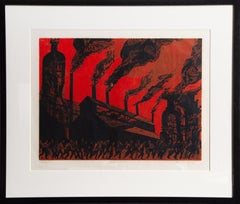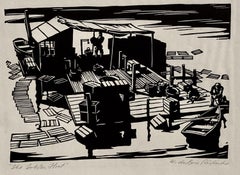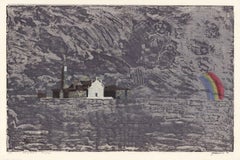
Headland, Big Sur Coast — mid-century modern, California
View Similar Items
Want more images or videos?
Request additional images or videos from the seller
1 of 3
Paul LandacreHeadland, Big Sur Coast — mid-century modern, California1930-31
1930-31
About the Item
- Creator:Paul Landacre (1893-1963, American)
- Creation Year:1930-31
- Dimensions:Height: 5.88 in (14.94 cm)Width: 7.88 in (20.02 cm)
- Medium:
- Movement & Style:
- Period:
- Condition:
- Gallery Location:Myrtle Beach, SC
- Reference Number:Seller: 1033371stDibs: LU53234774992
About the Seller
5.0
Recognized Seller
These prestigious sellers are industry leaders and represent the highest echelon for item quality and design.
Platinum Seller
These expertly vetted sellers are 1stDibs' most experienced sellers and are rated highest by our customers.
Established in 1995
1stDibs seller since 2016
254 sales on 1stDibs
Typical response time: 2 hours
Associations
International Fine Print Dealers Association
More From This SellerView All
- 'Laguna Cove' — 1930s American ModernismBy Paul LandacreLocated in Myrtle Beach, SCPaul Landacre, 'Laguna Cove', wood engraving, 1935; edition 60 (16 printed), 2nd edition 150 (6 printed), Woodcut Society 200, Wien 247. Signed and titled in pencil. A brilliant, black impression, on cream wove Japan, with full margins (3/4 to 1 3/4 inches), in excellent condition. Archivally matted to museum standards, unframed. This impression is from the edition published for the Twentieth Presentation Print of the Woodcut Society, 1941. Printed by Torch Press, Cedar Rapids. Literature: Reproduced in 'James Swann...Category
1930s American Modern Landscape Prints
MaterialsWoodcut
- Fountain of Sea Horses, Rome — Early 20th CenturyBy Rudolph RuzickaLocated in Myrtle Beach, SCRudolph Ruzicka, 'Fountain of Sea Horses, Rome', wood engraving, c. 1915. Signed, dated, and titled in pencil. Initialed in the block, lower left. A fine, richly-inked impression, on...Category
1910s American Modern Landscape Prints
MaterialsWoodcut
- Tranquil Harbor (Gloucester, Massachusetts)By Lawrence WilburLocated in Myrtle Beach, SCLawrence Nelson Wilbur (1897-1988), 'Tranquil Harbor' (Gloucester, Massachusetts), wood engraving, edition 55, 1958. Signed in pencil, and signe...Category
1950s American Modern Landscape Prints
MaterialsWoodcut
- 'Hill' — 1930s American ModernismBy Paul LandacreLocated in Myrtle Beach, SCPaul Landacre, 'Hill', wood engraving, 1936, edition 60 (only 54 printed); only 2 impressions printed in a second edition of 150. Signed, titled, and numbered '49/60' in pencil. Wien...Category
1930s American Modern Landscape Prints
MaterialsWoodcut
- 'Taos Placita' — 1940s Southwest RegionalismBy Gustave BaumannLocated in Myrtle Beach, SCGustave Baumann, 'Taos Placita', color woodcut, 1947, edition 125. Baumann 132. Signed, titled, and numbered '20-125' in pencil; with the artist’s Hand-in-Heart chop. A superb, richly-inked impression, with fresh colors, on fibrous oatmeal wove paper; the full sheet with margins (2 to 3 1/8 inches); slight rippling at the left sheet edge, in excellent condition. Matted to museum standards, unframed. Image size 9 5/8 x 11 1/4 inches (244 x 286 mm); sheet size 13 1/4 x 17 inches (337 x 432 mm). Collections: New Mexico Museum of Art, Phoenix Art Museum, Wichita Art Museum. ABOUT THE ARTIST Gustave Baumann (1881-1971) was a renowned printmaker and a leading figure of the American color woodcut revival whose exquisite craftsmanship and vibrant imagery captured the essence of the Southwest. "A brilliant printmaker, Baumann brought to the medium a full mastery of the craft of woodworking that he acquired from his father, a German cabinetmaker. This craftsmanship was coupled with a strong artistic training that resulted in the handsome objects we see in the exhibition today. After discovering New Mexico in 1918, Baumann began to explore in his woodblock prints of this period the light. color, and architectural forms of that landscape. His prints of this period are among the most beautiful and poetic images of the American West." —Lewis I. Sharp, Director, Denver Art Museum Baumann, the son of a craftsman, immigrated to the United States from Germany with his family when he was ten, settling in Chicago. From 1897 to 1904, he studied in the evenings at the Art Institute of Chicago, working in a commercial printmaking shop during the day. In 1905, he returned to Germany to attend the Kunstwerbe Schule in Munich, where he decided on a career in printmaking. He returned to Chicago in 1906 and worked for a few years as a graphic designer of labels. Baumann made his first prints in 1909 and exhibited them at the Art Institute of Chicago the following year. In 1910, he moved to the artists’ colony in Nashville, Indiana, where he explored the creative and commercial possibilities of a career as a printmaker. In 1915, he exhibited his color woodcuts at the Panama-Pacific International Exposition in San Francisco, winning the gold medal. Among Baumann’s ongoing commercial activities was his work for the Packard Motor Car Company from 1914 to 1920 where he produced designs, illustrations, and color woodcuts until 1923. In 1919, Baumann’s printmaking work dominated the important exhibition of American color woodcuts at the Detroit Institute of Arts. Twenty-six of his prints were included, far more than the works of any other artist. A set of his blocks, a preparatory drawing, and seven progressive proofs complemented the exhibition. That same year, Baumann worked in New York and, over the summer, in Provincetown, Massachusetts. His airy images of Cape Cod employed soft, pastel colors and occasionally showed the influence of the white-line woodcut technique. Many of his Chicago artist friends had traveled to the southwest, and Baumann became intrigued by their paintings, souvenirs, and stories of an exotic place named Taos, New Mexico. In the summer of 1918, he spent the summer in Taos sketching and painting before visiting Santa Fe. Paul Walter, the director of the Museum of New Mexico, offered him a studio in the museum's basement. Inspired by the rugged beauty of the Southwest—the vibrant colors and dramatic landscapes of the region became a central theme in his work, influencing his artistic style and subject matter for the remainder of his career. Later in the decade, he traveled to the West Coast and made prints of California landscape. Baumann's prints became synonymous with the Southwest, capturing the spirit of its place in America's identity with a unique sense of authenticity and reverence. His iconic images of desert vistas, pueblo villages, and indigenous cultures served as visual tributes to the region's rich cultural heritage, earning him a dedicated following among collectors and curators alike. A true craftsman and artist, Baumann completed every step of the printmaking process himself, cutting each block, mixing the inks, and printing every impression on the handmade paper he selected. His dedication to true craftsmanship and his commitment to preserving the integrity of his artistic vision earned him widespread acclaim and recognition within the art world. About the vibrant colors he produced, Baumann stated, “A knowledge of color needs to be acquired since they don’t all behave the same way when ground or mixed...careful chemistry goes into the making of colors, with meticulous testing for permanence. While complicated formulae evolve new colors, those derived from Earth and metal bases are still the most reliable.” In the 1930s, Baumann became interested in puppet theater. He designed and carved his own marionettes and established a little traveling company. From 1943 to 1945, the artist carved an altarpiece for the Episcopal Church of the Holy Faith in Santa Fe. In 1952, a retrospective exhibition of his prints was mounted at the New Mexico Museum of Fine Arts. Throughout his prolific career, Baumann executed nearly four hundred color woodcuts. Baumann’s woodcuts...Category
1940s American Modern Landscape Prints
MaterialsWoodcut
- 'Pulitzer Fountain, Evening" — 1940s American Modernism, New York CityBy Ellison HooverLocated in Myrtle Beach, SCEllison Hoover, 'Pulitzer Fountain, Evening', lithograph, circa 1940, edition c. 40. Signed in pencil. A fine, atmospheric impression, on cream wove paper; the full sheet with margin...Category
Mid-20th Century American Modern Landscape Prints
MaterialsLithograph
$1,760 Sale Price20% Off
You May Also Like
- Shift Change, Social Realist Woodblock Print by Mike GoscinskyLocated in Long Island City, NYShift Change Mike Goscinsky, American (1933–2021) Woodblock on thin wove paper, signed, titled and numbered in pencil Edition of 15/75 Image Size: 14 x 19 inches Size: 22 x 26.5 in. ...Category
1990s American Modern Landscape Prints
MaterialsWoodcut
- Walter DuBois Richards, The Lobster FloatBy Walter DuBois RichardsLocated in New York, NYOhio-born Walter DuBois Richards (1907-2006) was educated at the Cleveland School of Art. He re-located to New York around 1933 where he had a successful career as a commercial artis...Category
1930s American Modern Landscape Prints
MaterialsWoodcut
- View of Venice I - San GiorgioBy Antonio FrasconiLocated in New York, NYAntonio Frasconi created the color woodcut entitled "View of Venice I – San Giorgio" in 1968. It is signed, titled, dated, and inscribed “17/20” in pencil. The paper size is 24 x 36 ...Category
1960s American Modern Landscape Prints
MaterialsWoodcut
- View of Venice II - BacinoBy Antonio FrasconiLocated in New York, NYAntonio Frasconi created the color woodcut entitled "View of Venice II – Bacino" in 1968. It is signed, titled, dated, and inscribed “13/18” in pencil. The paper size is 24 x 36 inch...Category
1960s American Modern Landscape Prints
MaterialsWoodcut
- Henry R. Diamond, WhalerBy Henry R. DiamondLocated in New York, NYReally a wood engraving rather than a woodcut, Henry R. Diamond's Whaler is majestic. It is signed and titled in pencil.Category
Early 20th Century American Modern Landscape Prints
MaterialsWoodcut
- Ship RockBy Norma Bassett HallLocated in Santa Monica, CANORMA BASSETT HALL (1889 - 1957) SHIP ROCK, c. 1940 Color woodcut signed and numbered in pencil, edition 40 on stiff fibrous paper. 10 x 14 inches, Sheet size 11 1/8 x 15 inches...Category
1940s American Modern Landscape Prints
MaterialsWoodcut
Recently Viewed
View AllMore Ways To Browse
Gil Blas
Rockwell Kent Woodcut
Rockwell Kent 1931
San Blas
Vintage Brugge
Tiffany Shawl
Tiffany Backpacks
N Clark Sons
Antique Music Manuscripts
Palmer Lithograph
Wood Budha
Antique Scientific Wall Clock
Jesus College Cambridge
Currier A D Ives
L Haas
Baumann Woodcut
Francois Houtin Hermes
Antique Childrens Building Blocks
